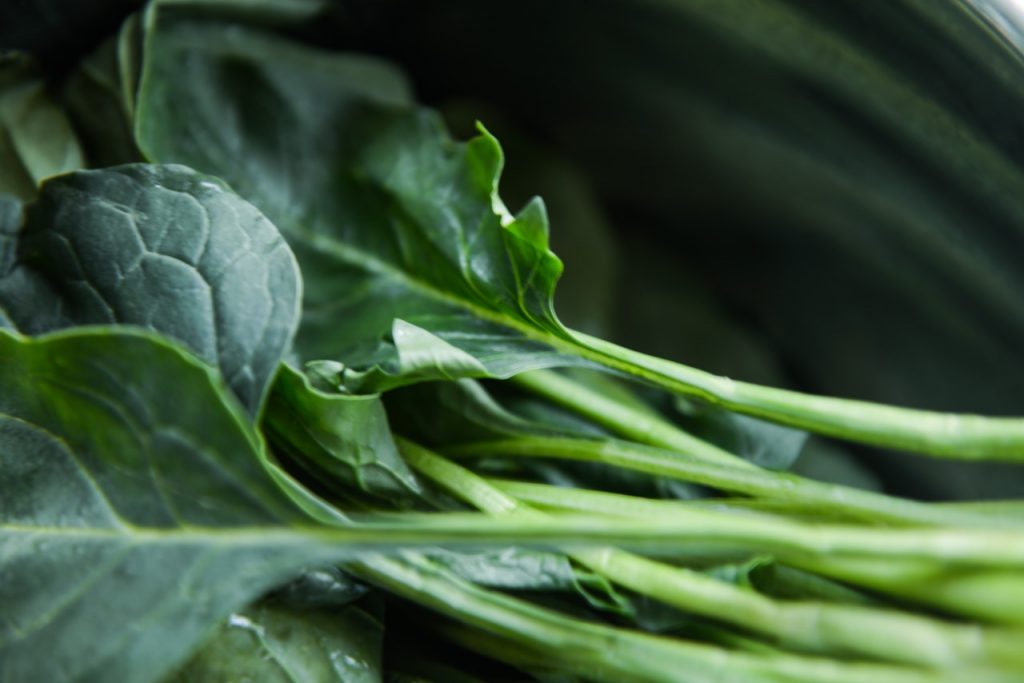The flavor and versatility of leafy greens make them a healthy addition to any diet. Although several types of leafy greens can be enjoyed either cooked or raw, some types are more commonly eaten cooked, such as kale, collard greens, Swiss chard, and mustard greens. These greens are easy to grow and stand up well to frost, so they are available in abundance throughout the year.

Types of Cooking Greens
Kale is a member of the botanical family that includes broccoli and cabbage. Common varieties include curly green and curly red kale as well as the flat-leafed lacinato kale. The hardiest of the braising greens, kale is one of the most commonly cooked greens.
Collard greens have a flat, cabbage-like leaf. Collards are well-known and popular throughout the southern United States but can grow in all parts of the country. Often stewed with pork, collard greens are a frequent side to barbecue dishes.
Swiss chard is the most colorful of the braising greens due to its stem, which varies widely in color. Chard is a relative of beets, but large, broad leaves and stems take the place of a well-defined root. Much like beets, Swiss chard has a neutral, earthy taste that readily takes up the flavor of its cooking liquid.
Mustard greens tend to have a strong flavor when eaten raw, but the taste and texture of these greens soften when cooked. Often thought of as a part of regional cuisine, mustard greens have been grown and enjoyed throughout the world for centuries.
Washing and Storing Cooking Greens
If stored properly, fresh leafy greens tend to last longer than salad greens. These greens may keep up to a week or even longer in the refrigerator, at 40°F or less. Cooked greens should be refrigerated and consumed within four days.
- Keep greens wrapped in a plastic bag in the refrigerator vegetable drawer. If greens become wilted, soaking in water may refresh them.
- Wash all leafy greens well before using. Separate and individually rinse the leaves, discarding outer leaves if torn and bruised. Leaves can be difficult to clean, but immersing them in a bowl of cold water for a few minutes helps loosen sand or soil. After washing, blot dry with paper towels or use a salad spinner to remove excess moisture.
Removing Stems from Cooking Greens
Fold the leaf in half and grasp both sides with one hand as close to the stem as possible. With the other hand, carefully rip the stem from the leaf.
Or, stack leaves on top of one another, aligning the stems. With a sharp knife, cut stems away from the leaves.
Visit our YouTube channel for tips and ideas for preparing and enjoying leafy greens!


